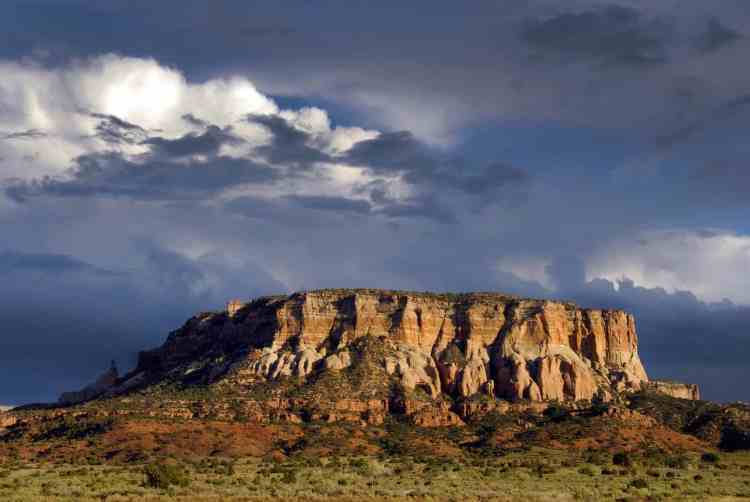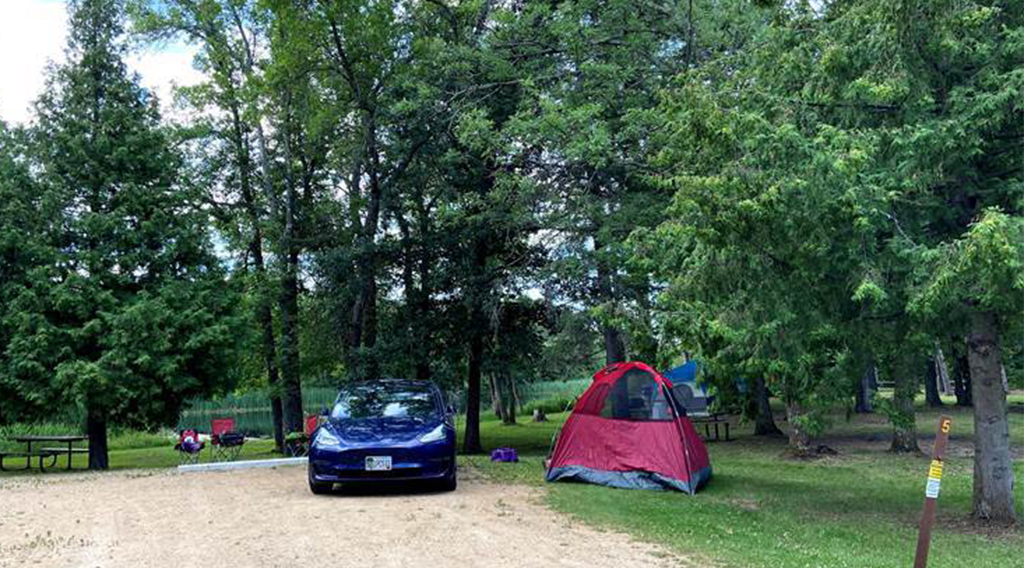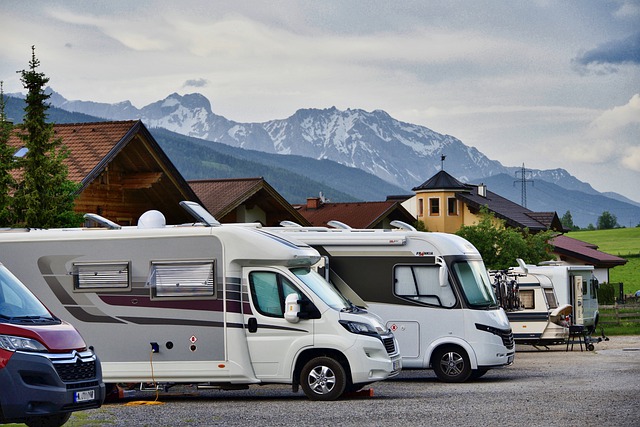
Minnesota has many state forests that you can camp in. The state forests are home to over 4 million acres of wild land. Minnesota state forest campsites are usually primitive and have a clear tent pad and firering. However, many state forests also allow dispersed camping, or unimproved camping without amenities. Camping in state forests requires that you leave no trace.
Minnesota's state forests are governed by the same terminology and rules. This means that you can expect the same level of service and amenities. In most state forests, there is no permit for dispersed camping. If you are camping in a national forest, there is a campground within a few miles. Many state forests provide easy access to attractions and activities, making it a popular choice for campers.

Minnesota's state forests prohibit dispersed camping. However, there are other options. The Superior National Forest has 18 rustic campsites with drive-in car camping. Chippewa National Forest is home to more than 30 "dispersed” campsites. Although dispersed camping is not as convenient, it does have its advantages. Minnesota's natural beauty can be enjoyed without the need to camp in a crowd.
Renting a cabin or an RV is a great way to have a camping experience in a state park. Minnesota has many state forests, some of which have cabins or other facilities. Beltrami Island State Forest is the largest state forest, covering 703,382 acres. It is home of the five largest Wildlife Management Areas in Minnesota and contains the headwaters to five rivers. These national parks do not have facilities for overnight camping, but you can rent a cabin and other types of sites.
You can book a campsite at a Minnesota state park and select the one that suits your needs. Online reservations are possible in many of these forests. There are several options for making reservations in state forests. Avoid crowds by visiting the Minnesota state forest in the fall and winter seasons. Don't forget about the many lakes within the region.

In the Minnesota state forests, camping is possible during summer. There are many camping spots in the state forests. Choose the one that is most convenient for you. A state forest is the perfect place to camp, because the area is so large, and the camping is so close to the wilderness. There are no campgrounds in Minnesota's national forests. A vehicle permit allows you to visit all of the state parks in the park.
FAQ
Is hunting dangerous?
Yes, but hunting can also cause injury.
There are many different ways you could injure yourself.
An example is poor shooting techniques. One example is improper shooting techniques.
Another possibility is to be attacked by another pet.
Hunting accidents happen every day. Many people are injured or killed by their guns every year.
Hunters should never load their guns until they have reached their destination.
They must also ensure their guns aren't loaded before they go into woods.
Always keep your eyes peeled. Be aware of where you step and listen to the sounds around you.
Do not approach any animals unless you are prepared to defend yourself.
Never chase after prey. Instead, wait patiently for them to come to you.
Avoid taking shortcuts. They could cause injury or death.
You should be careful when you are near cliffs or other places where you cannot view what is below.
Stay away from rivers and streams. These places may flood unexpectedly.
Hunting is a time to forgo alcohol. Alcohol affects your judgment and slows down reaction time.
Keep all safety equipment close at hand. You should always carry a first aid kit and flashlight.
It is vital to learn how to deal with an emergency. It is important to learn how to give first aid and CPR.
How many deer hunter there are in the U.S.
The number of deer hunters in the United States is estimated at over 20 million. This figure includes both professional and recreational hunters.
What are the benefits to hunting?
Hunting is an ancient tradition practiced by many cultures around the world. It was used for food and shelter as well as tools and medicine. People hunt today for sport and recreation, as well as for food and entertainment. Hunted animals' meat is often consumed right after being killed. The skin, fur and feathers of the animal are then eaten, along with any other parts such as their antlers, horns or teeth.
Hunting is not only a way you eat, but it's also a way you live.
Hunting families have strong ties to their friends and family because they spend so much time together. They share stories, memories and laughs around campfires or over meals.
Hunting is a way for hunters to enjoy the natural world and wildlife. This helps them to appreciate all that life has to offer.
When they take care of wild animals, they learn respect and responsibility.
Conservation makes hunters better citizens. They protect species and habitats. They know how much land, water and oxygen we need for survival.
Hunters make up a part of a larger group. Their families depend on them. They work together. They support local businesses.
Hunters can also give back. Many hunters contribute money to charity organizations that aid children, the elderly, veterans, and others.
Hunters also have the opportunity to give their time to assist those in crisis. You might see them volunteering with the Red Cross or Humane Society.
How much does it take to hunt?
Price of a hunting trip will vary depending on where your are located, the species of wildlife that you wish to capture, and the animal you intend killing.
The average cost of a hunting party for two people is $500 to $1,000 per person. This includes lodging, food and gas.
Some areas are more expensive than others. If you plan to hunt during peak seasons, such as fall turkey season, expect to pay even more.
How popular is hunting in America?
Hunting is a American pastime. Americans spend an average of $8 billion annually on hunting gear and supplies. The average hunter spends about $1,000 annually.
Hunting is also a recreational sport for many who hunt to have fun and relax. Nearly 50 million hunters are estimated to live in the United States. This includes both men as well as women.
Hunters are from all walks of the life. They can be young or old. Some hunters are experienced while others are new to the sport.
The most common reason why someone would want to become a hunter is that they enjoy spending time outdoors. Hunting allows hunters to experience the joy of connecting with nature.
Hunting is also a social activity. Hunting is often done in a group. Sometimes, these groups include family members and friends as well as co-workers.
Hunting has become a popular sport for hunters. People compete against themselves and other hunters to see how well they can shoot different types of animals.
Also, there are competitions among states where hunters attempt to beat the previous record of the largest deer kill. These records are usually set up by professional hunters.
How many Americans are dependent on hunting?
The United States is home to more than 300 million hunters. This is nearly twice the number of hunters than New York City residents.
Hunting is a long-standing American pastime. But today, fewer Americans hunt for sport than ever before. The U.S. Only 2 percent of Americans hunt regularly, according to Fish & Wildlife Service (FWS). This number is even lower for young adults.
Although hunting may seem like an outdated pastime, older generations still love it. Recent research found that 68% of boomers plan on hunting again when they retire. Hunting is a way for them to connect with the natural world and enjoy the outdoors.
For younger generations, however, hunting isn't necessarily a priority. In fact, according to the National Shooting Sports Foundation, only 18 percent of millennials consider themselves avid shooters.
FWS has been working hard to preserve America's wilderness places for everyone to enjoy.
In 2014, the agency started the "Wild Lands” initiative to raise awareness about the importance of public lands. The agency's goal is educate the public about the importance of conserving these areas and encourage them visit them.
Conservation efforts are encouraged through Wild Lands. FWS and National Rifle Association partnered to create Project Gunter, which is a youth shooting sports program. This program teaches kids how firearms can be safely handled and helps them to develop skills such safety and marksmanship.
Project Gunter is expanding to include minorities and women. Project Gunter is now expanding to include women and minorities.
Statistics
- Thanks to the 1937 Pittman-Robertson Act, an 11% excise tax was placed on the sale of firearms, which were then used for conservation. (stacker.com)
- Licenses dropped from a peak of roughly 17 million in the 1980s to 15 million in 2019, according to The Seattle Times. (stacker.com)
- Over the past 50 years, the number of hunting licenses in California has been on a rapid decline, falling 70% from more than 760,000 in the 1970s to under 268,000 in 2020—even as the state's population has skyrocketed, according to The Mercury News. (stacker.com)
- According to the Wildlife Restoration Act, passed in 1937, most of the state conservation efforts are funded through hunting and fishing license sales and firearms sales. (stacker.com)
External Links
How To
How to choose the most desirable hunting spots in the forest
It is important to identify the type of game that you are hunting before searching for suitable places to hunt. There are many types of wildlife and birds that live within forests. If you don't know what kind of animal you want to hunt, there won't be any places where they can be caught.
There are two main types of animals that live in the forest: large mammals or small mammals. Large mammals include deer and elk as well as moose, caribou bear, wolf, and wild hare. Small animals include rabbits. Each species requires a specific habitat. You must ensure that you pick the right location before venturing out into the woods. Check the online flora/fauna listing for your area to find endangered species near you. You should ensure that you are not poaching in the area where you intend to hunt a particular species.
Knowing how to properly setup your equipment is essential if you plan to hunt a particular animal. Because it can affect your success rate, it is important to have the right equipment. If you are hunting rabbits, for example, you will need a gun capable of accurately shooting at close range. However, if your goal is to hunt larger animals like deer or elk, you will need a rifle that can shoot long distances. You'll also need some bait to attract your prey. Some prefer to place meat inside a trap, while others prefer peanut butter or corn. No matter what method you use, you must adhere to the laws and regulations in the country you are hunting.
You need to consider many factors when choosing a hunting location, including weather conditions, terrain, vegetation and wildlife population. When selecting a place to hunt, always remember that the most important factor is safety. Make sure that you select a place that is free from predators and dangerous animals. In addition, try to avoid areas where there are too many people, especially during hunting season. Hunting seasons are important as they will help you choose the best times to hunt.
When picking a hunting spot, you should also think about the weather. This is crucial because it influences the number animals that will be available. In winter, temperatures fall below zero Celsius and snow covers most of the ground. It can be difficult to find deer, bears and wolves under the snowy layer, so it is often hard to spot them. However, if you're lucky enough to get a clear day, you might be able to spot these animals. On the other side, summer is when temperatures exceed 30 degrees Celsius and the sun warmths the earth. It is easier for animals to find shelter from the heat, as they move away from it.
Also, consider the terrain. Flat surfaces make it easier to run and walk through the area. However, uneven surfaces can be more difficult. Steep slopes can be difficult to climb and streams and rivers can often create muddy trails. So that you can navigate the area easily, try to find a spot without any obstacles.
The vegetation should be considered as well. Plants can vary in size and density depending on their environment. Smaller animals will benefit from shade and shelter provided by large trees, while smaller animals will be sheltered and protected by shrubs and bushes. You should search for dense vegetation if you wish to find large animals.
Also, it is important to consider the number of animals in your area. There are more than 100,000,000 deer in North America, according to statistics. They eat half of what crops produce and play an essential part in maintaining biodiversity. However, too many people could endanger the ecosystem by becoming pests. It is therefore important to keep the population in balance.